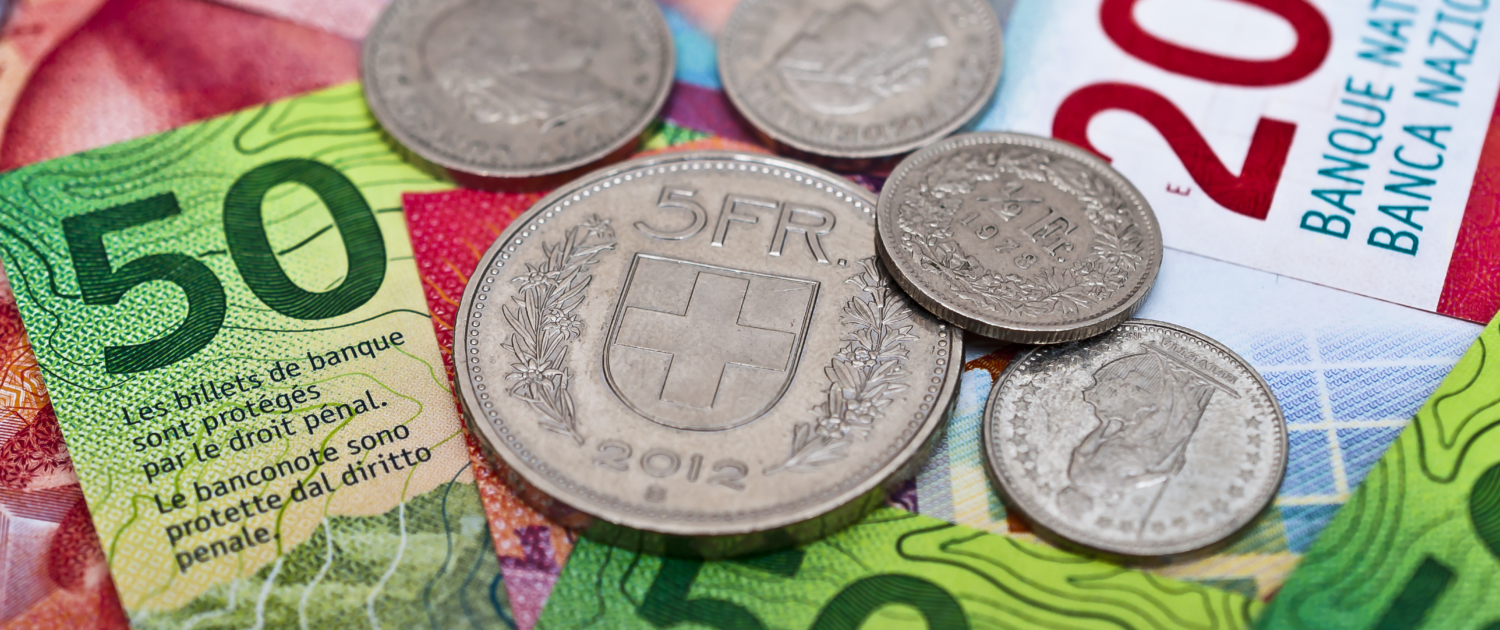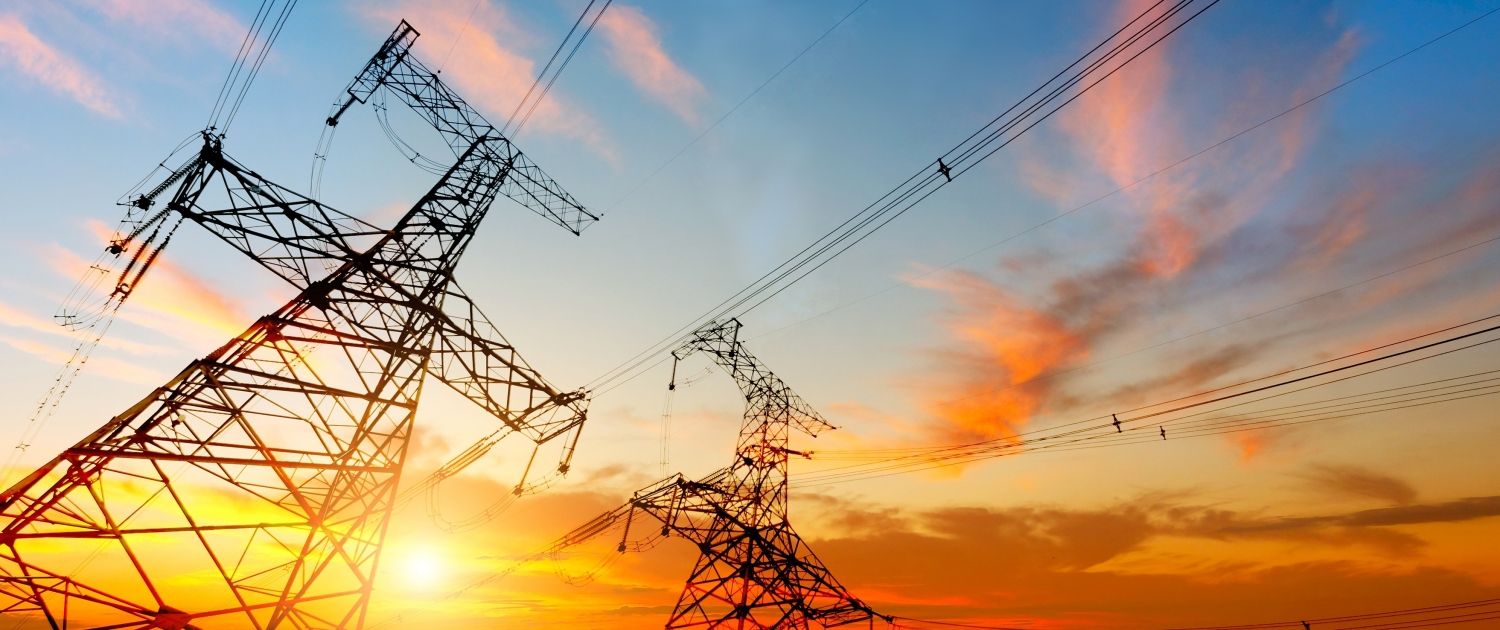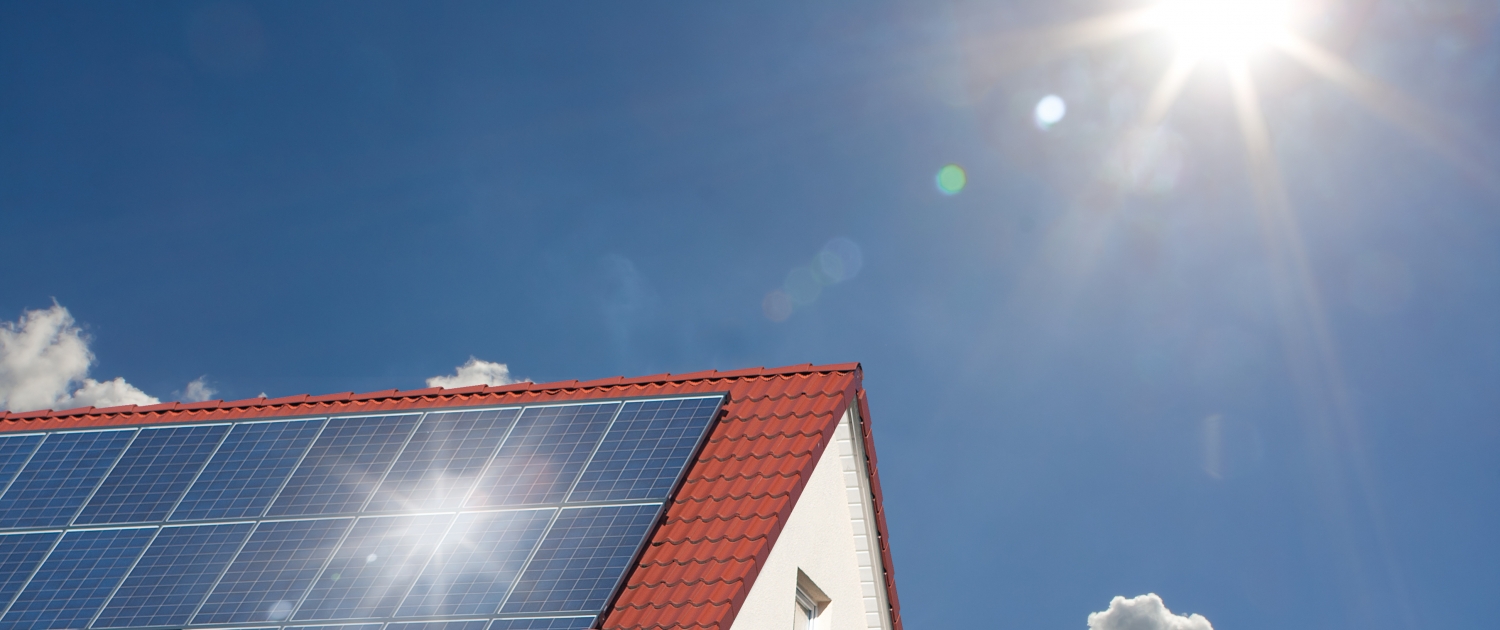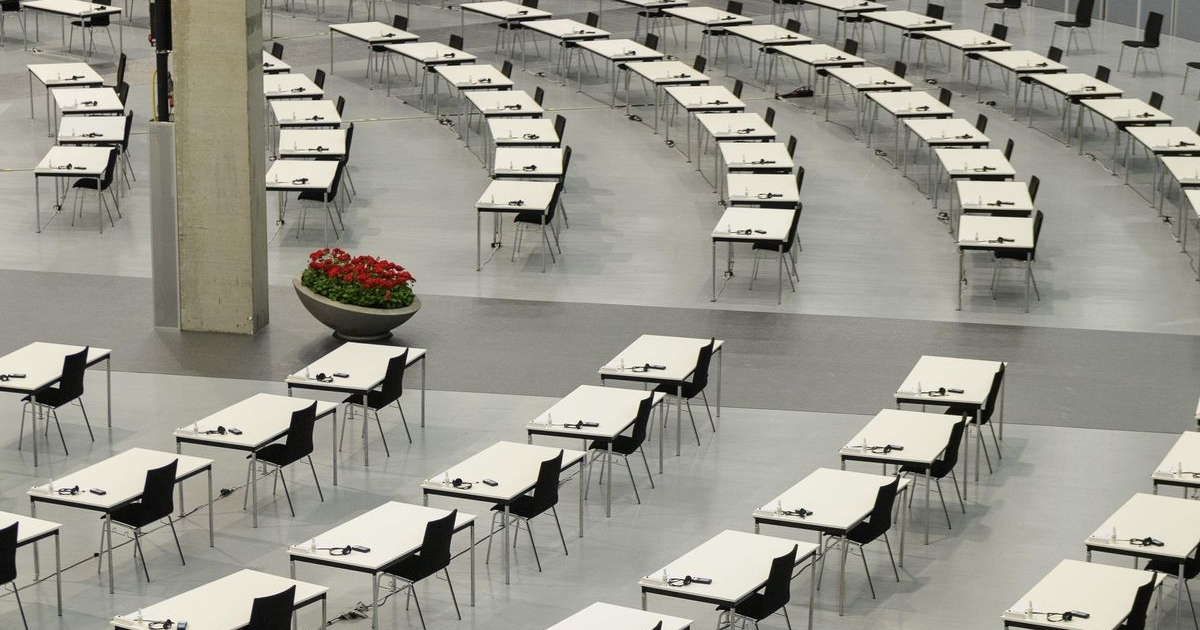L’Office fédéral de l’énergie répond chaque année à des centaines de courriers de citoyens. Sur energeiaplus.com, nous en présentons quelques-uns sous le mot-clé „Cher OFEN…“. Cette fois, une entité de la Confédération nous a demandé comment étaient définies les énergies renouvelables dans les bases légales. Weiterlesen
Das Bundesamt für Energie beantwortet jedes Jahr hunderte von Anfragen von Bürgerinnen und Bürgern. Auf energeiaplus.com greifen wir unter dem Stichwort «Liebes BFE…» einige davon auf. Herr J. wollte wissen, wofür der Bund die CO2-Steuer verwendet und ob man freiwillige Kompensationsbeiträge von den Steuern abziehen kann. Weiterlesen




 1 Vote(s), Durchschnitt: 5,00
1 Vote(s), Durchschnitt: 5,00La centrale nucléaire de Fessenheim se trouve au portes de Bâle le long du Rhin. Depuis mardi dernier, elle ne produit plus d’électricité après 43 ans de services. Durant les prochaines années, la centrale française sera démantelée à l’instar de celle de Mühleberg en Suisse. Weiterlesen




 Noch keine Bewertungen
Noch keine BewertungenHeute modernisieren, morgen profitieren – Leitfaden «Königsweg e+»
Bis 2050 soll die Schweiz klimaneutral sein. Das braucht einen grossen Effort im Gebäudebereich. Rund eine Million Liegenschaften müssen modernisiert werden. Denn: Rund ein Viertel der CO2-Emissionen verursacht der Gebäudebereich. Konkret heisst das: Gebäudehüllen müssen saniert werden. Hausbesitzerinnen und Hausbesitzer müssen auf erneuerbare Heizungen umstellen, erneuerbaren Strom benutzen. Weiterlesen




 Noch keine Bewertungen
Noch keine BewertungenLes nouvelles mesures liées à l’efficacité énergétique sont à notre porte. Dans le but de faire baisser la consommation énergétique des nouveaux appareils électroniques et de s’aligner aux nouvelles prescriptions de l’Union européenne (UE), le Conseil fédéral a décidé le 22 avril 2020 de réviser l’ordonnance sur les exigences relatives à l’efficacité énergétique (OEEE). Alors que la plupart des nouvelles étiquettes-énergie entreront en vigueur au cours de l’année 2021, certaines modifications touchant aux serveurs et aux appareils de stockage de données sont déjà opérationnelles depuis le 15 mai 2020. Weiterlesen




 Noch keine Bewertungen
Noch keine Bewertungen«Eine Testfahrt führt nicht automatisch zum Kauf eines energieeffizienten Autos»
Beim durchschnittlichen CO2-Ausstoss der verkauften Neuwagen ist die Schweiz Europameisterin: In keinem anderen europäischen Land stossen die Neuwagen mehr CO2 aus als hierzulande. Um die Autokäuferinnen und Autokäufer zu den Themen CO2 und Energieeffizienz zu sensibilisieren, wurde 2015 die Aktion «co2tieferlegen» lanciert. Weiterlesen




 2 Vote(s), Durchschnitt: 5,00
2 Vote(s), Durchschnitt: 5,00Die Schweiz wird die europäischen Herkunftsnachweise auch in Zukunft anerkennen
Seit Ende 2018 ist in der EU die Neufassung der Erneuerbaren-Richtlinie in Kraft. Diese muss von den EU-Mitgliedstaaten und Staaten des Europäischen Wirtschaftsraumes (EWR) wie beispielweise Norwegen bis Mitte 2021 in nationales Recht umgesetzt werden. Darin enthalten ist im Strombereich die Nichtanerkennung von Herkunftsnachweisen (HKN) aus Drittstaaten ohne Abkommen mit der EU. Ohne Stromabkommen kann die Schweiz daher ab Mitte 2021 keine HKN mehr ins europäische Ausland exportieren. Weiterlesen




 8 Vote(s), Durchschnitt: 3,25
8 Vote(s), Durchschnitt: 3,25«Es geht vorwärts beim Solarstrom – dank den Einmalvergütungen»
Die Sonne als Energie-Lieferant nutzen: Der Ausbau der Photovoltaik ist ein wichtiges Element der Energiestrategie des Bundes. Deshalb gibt es seit 2014 die Einmalvergütung (EIV) für kleine PV-Anlagen Und seit 2018 auch für die grösseren Anlagen. Ein externer Evaluationsbericht zeigt nun die Erfahrungen mit diesem Förderinstrument auf. Weiterlesen




 1 Vote(s), Durchschnitt: 5,00
1 Vote(s), Durchschnitt: 5,00Die Revision des CO2-Gesetzes ist auf der Zielgeraden. Der Nationalrat hat es in der Sommersession 2020 fertig beraten. Über welche anderen energiepolitischen Geschäfte die Parlamentarierinnen und Parlamentarier noch debattiert haben – wir haben das Wichtigste zusammengetragen. Weiterlesen




 Noch keine Bewertungen
Noch keine BewertungenBundespräsidentin Sommaruga unterzeichnet Deklaration zur europäischen Zusammenarbeit im Bereich Wasserstoff
Bundespräsidentin Simonetta Sommaruga hat eine gemeinsame politische Deklaration des Pentalateralen Energieforums unterzeichnet. Es geht dabei um die Rolle von Wasserstoff bei der Dekarbonisierung des Energiesystems. Weiterlesen




 6 Vote(s), Durchschnitt: 4,33
6 Vote(s), Durchschnitt: 4,33Kontakt
Bundesamt für Energie
Pulverstrasse 13
3063 Ittigen
Postadresse:
Bundesamt für Energie
3003 Bern
Telefonnummern:
Hauszentrale +41 58 462 56 11
Pressestelle +41 58 460 81 52
 Stockfotos-MG
Stockfotos-MG Florival fr
Florival fr Gebäudehülle Schweiz
Gebäudehülle Schweiz Shutterstock
Shutterstock Shutterstock
Shutterstock Shutterstock
Shutterstock Shutterstock
Shutterstock Béatrice Devènes
Béatrice Devènes Shutterstock
Shutterstock